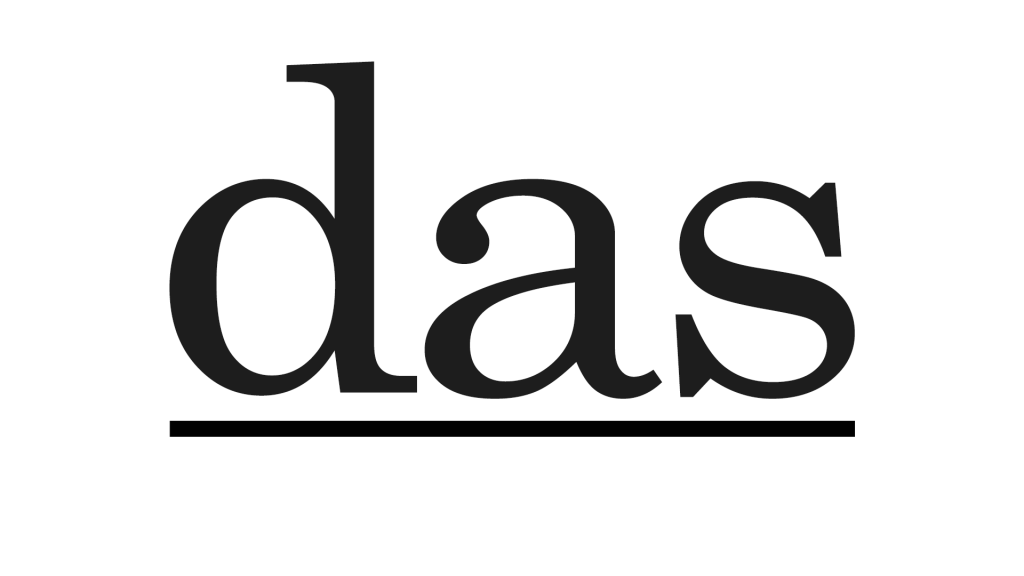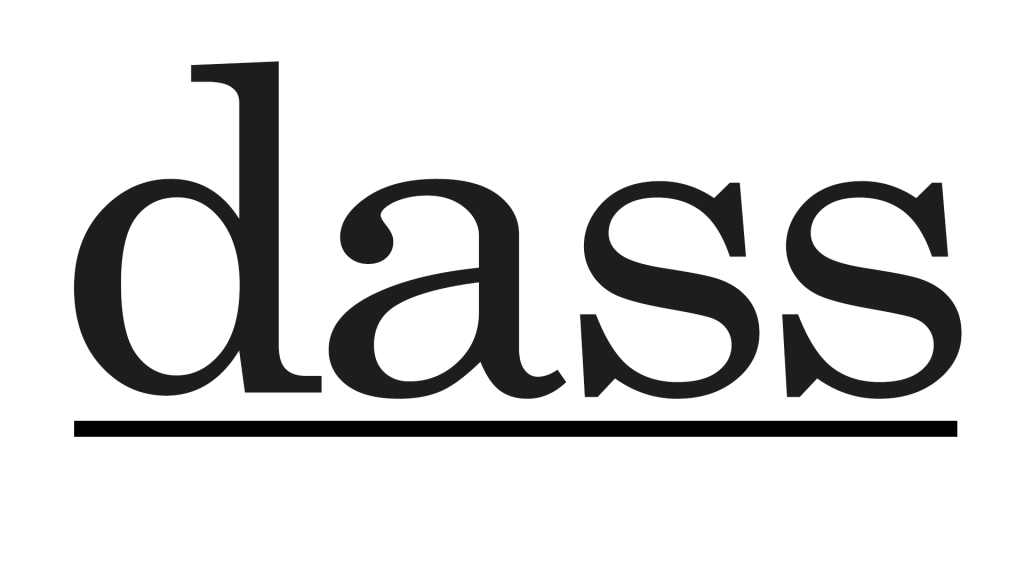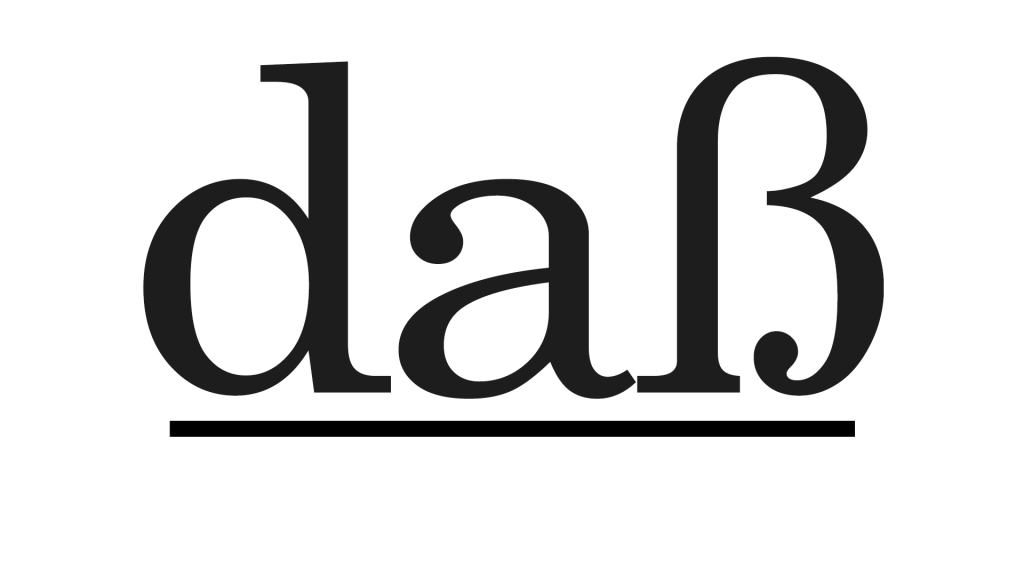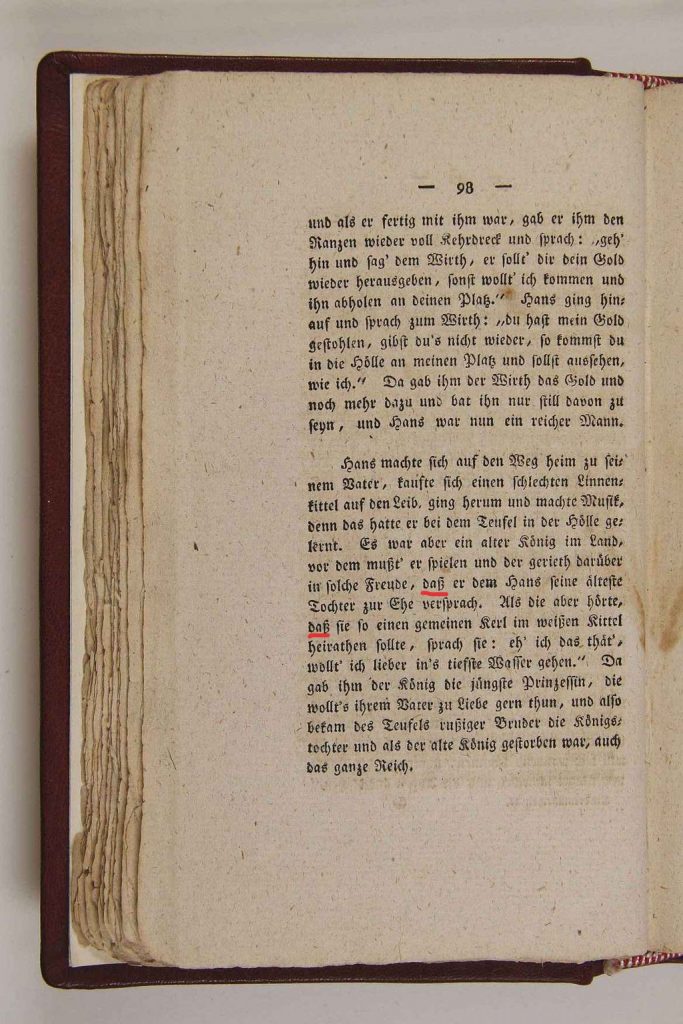The difference between das, dass and daß Posted by Sten on Jul 12, 2018 in Grammar, Language
You may have come across the word das. It is the article for neuter nouns, and so it shows up quite a lot. But then there is also dass. And daß? And they all sound the same! What are all these words? Let’s disentangle this Wortsalat (word salad) today!
Der Artikel (the article)
Das is the most common and straightforward one. It is the article for neuter nouns in German, and das is the form in nominative and accusative.
Dort ist das Pferd (There is the horse) – Nominativ
Dort ist dessen Freund, das Kaninchen (There is its friend, the bunny) – Genitiv
Das Pferd gibt dem Kaninchen einen Kuss (The hose gives the bunny a kiss) – Dativ
Aber das Kaninchen beißt das Pferd (But the bunny bites the horse) – Akkusativ
Das Relativpronomen (relative pronoun)
can also be a Relativpronomen (relative pronoun):
Dort ist das Kaninchen, das ich suche. (There is the bunny that I am looking for).
So even though there is a comma before, it is not a conjunction!
Die Konjunktion (The Conjunction)
You can see a conjunction through the double-s at the end of dass. This is not an article, but a conjunction.
Here is an example:
Das Kaninchen bedauert, dass es das Pferd gebissen hat. (The bunny regrets that it bit the horse.)
Sometimes, you may see a sentence construction with …, dass das … That is absolutely normal, and you don’t need to worry avoiding that. Here is an example:
Wie kann es sein, dass das Kaninchen das Pferd beißt?! (How can it be, that the bunny bites the horse?!)
Die veraltete Konjunktion (The obsolete conjunction)
You may sometimes still see daß, especially in older texts, for example the original texts of the Märchen der Gebrüder Grimm (fairy tales of the Grimm brothers). See the example below!
However, in 1996, there was a Rechtschreibreform (spelling reform) that changed the spelling from daß to dass. Despite that, people that are used to writing daß and didn’t care to change will still use it.
So: daß is no longer used.
Hope that cleared up something for you!
Any questions, doubts, concerns, comments, additions? Let me know in the comments below!

Build vocabulary, practice pronunciation, and more with Transparent Language Online. Available anytime, anywhere, on any device.








Comments:
meaghan:
@Sten A little feedback from a Twitter follower:
A little feedback from a Twitter follower:
Interesting blog, but it misidentifies one use of dass: In “Das Pferd, dass dem Kaninchen einen Kuss gegeben hat, ist traurig,” “dass” is NOT being used as a conjunction here (since it’s not joining two clauses), but as a relative pronoun. It should actually be “das.”
Sten:
@meaghan Thanks for pointing this out! It was late when I wrote this… Fixed it now 🙂
Brian:
In the Grimm text, it is interesting to see another spelling change that was made even before the reform in 1999. There are extra “h’s”‘ in words such as “heiratHen” and “tHun”. Was there another, earlier official spelling reform to make those changes?
I’ve also seen in older texts, “er hatte”, which is no longer grammatically correct.
Sten:
@Brian I don’t know that! I can look into it 🙂
Allan Mahnke:
Great and useful post!
It also reminds me that there are many non-existent creatures and words, for example, the word daß that continue to lurk in the dark corners of my brain.